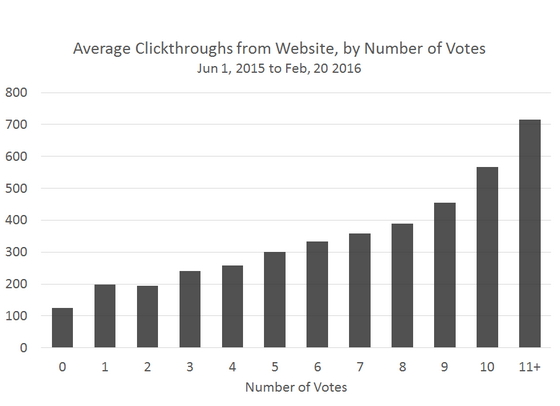This is a summary of links featured on Quantocracy on Sunday, 03/06/2016. To see our most recent links, visit the Quant Mashup. Read on readers!
-
Best Links of the Week [Quantocracy]These are the best quant mashup links for the week ending Saturday, 03/05 as voted by our readers: Quality is Rewarded: Clickthroughs vs Voting [Quantocracy] Machine learning for financial prediction: experimentation with Aronson's latest work – part 1 [Robot Wealth] Tech is Alpha [Cantab Capital] Dual Momentum and Dollar Cost Averaging [Dual Momentum] A Statistical Arbitrage Strategy in R
-
Machine Learning & SciKit Learn [Largecap Trader]I made the point to someone the other day that technology and coding is getting easier and easier to accomplish. I don't think I would have been able to perform 'machine learning' five years ago but with the resources available today (Python, SciKit Learn, and pages upon pages of StackOverflow) even someone like me can fit a model and build ML algorithms. Machine Learning is also
-
Podcast: Laurent Bernut – Part 2 [Better System Trader]Back in Episode 32 we had a chat with Laurent Bernut, a systematic short seller who spent years working in the Hedge Fund world specializing in short selling strategies. He shared loads of knowledge with us in that episode but we actually had a lot more to talk about. We ran out of time back then so in this episode were going to continue with the chat, covering a bit more on short selling,
